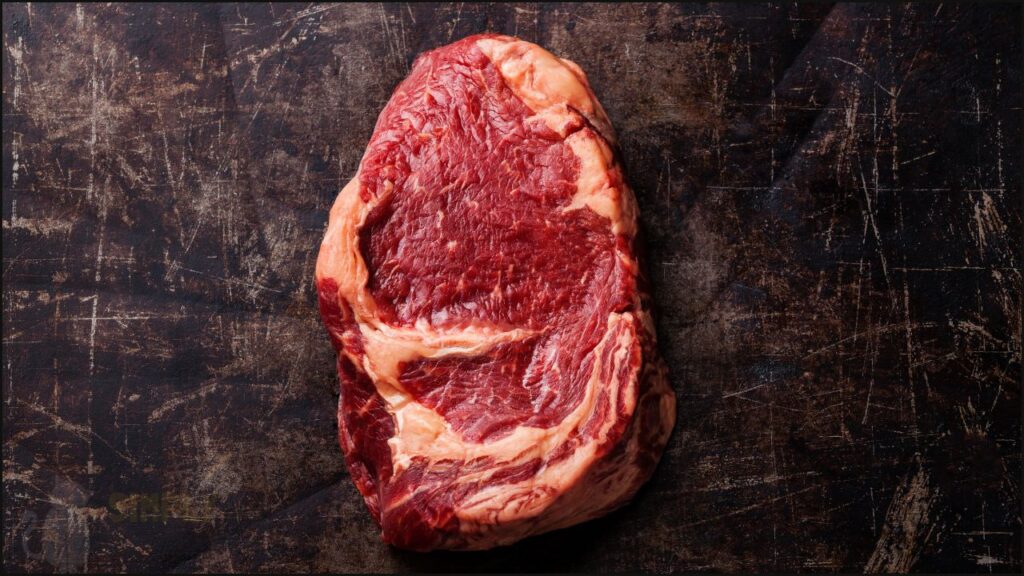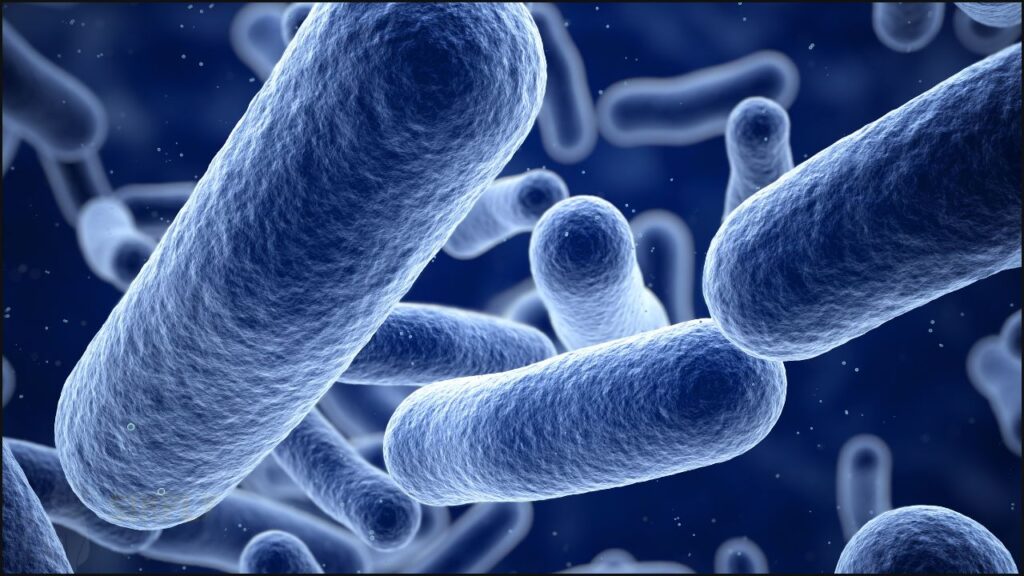Should your cat go raw?
Maybe.
Raw cat food can improve digestion of essential nutrients like protein.
The problem is raw cat food can increases exposure to bacteria, which may cause illness. Plus, it’s harder to get the balance of nutrients right.
Most associations discourage going raw in favor of balanced commercial cat food.
But have they got it wrong?
Is raw safe and beneficial to your cat?
Find out in this article. I’ll go through the science of raw cat food to weigh the pros and cons. Then you can decide what’s right for you.
Here’s what I’ll cover:
What is Raw Cat Food?
Raw cat food is defined as the uncooked products from wild animals.
This includes:
- Skeletal muscle
- Internal organs
- Bones
- Unpasteurized dairy
- Uncooked eggs
It sounds natural, and natural sounds good.
The controversy stems from two main issues:
- Bacteria
- Nutritional adequacy
Commercial cat food offers complete nutrition for your cat. It’s harder for most to combine raw cat foods to get the ‘mix’ right.
Let’s look at some benefits and risks of raw cat food.

What are the Benefits of Raw Cat Food?
The benefits of raw cat food are:
- Better digestion
- Shinier coat
- Less gas
- Less toilet use (i.e. less litter needed)
- Longer lifespan
- Better dental health
- Behavioral improvement
Many of those benefits are anecdotal.
But there’s some truth here.
Protein Digestion
Protein digestion is about 5% better on a raw cat food diet.
This is because cooking affects protein structure and how it digests in the gut.
Heating muscle meat increases heterocyclic amines. That may lead to a risk of cancer, although it’s not clear by how much.
Do Cats Live Longer on a Raw Diet?
In the 1930’s the Pottenger studies showed cats thrived on raw cat food, but not cooked.
Successive generations of cats declined in health without raw cat food.
Interesting stuff.
The main issue? The cooked food wasn’t supplemented.
Cooking food reduces nutrients like thiamine and other water soluble vitamins.
It’s possible the loss of important micronutrients was the issue with the cooked food. Something we can supplement.
What Are the cons of Raw Cat Food for cats?
Cons include:
- Nutrient deficiencies
- Nutrient toxicity
- Infections
- Obstruction from bones
Bacteria
Raw meat exposes cats to infection risk.
Salmonella is a bacteria found in 21-44% of chicken of North American retail locations.
Bacterial contamination can cause illness and infect immunocompromised people. This includes the young, elderly, pregnant, or lactating.
Large bone fragments may obstruct or perforate the gastrointestinal system. Pulverized (ground) bones and/or eggshells are a better option for calcium.

Nutrient Imbalances
An imbalance of meat food sources leads to nutrient deficiencies or excess.
There are at least 25 recognized micronutrients needed in the diet for health. These nutrients provide a wide array of functions ranging from metabolism to structure.
An unbalanced diet may lead to deficiencies or excess of micronutrients. Both impair health.
The Association of American Feed Control Officials (AAFCO) defines nutrient recommendations for pets.
Too much liver can lead to hypervitaminosis A since the liver is high in Vitamin A. Symptoms include nausea, loss of appetite, and vomiting.
Nutritional secondary hyperparathyroidism (NSH) is common if the phosphate to calcium ratio is too high. Phosphate is high in muscle meat and grains.
An ‘all meat’ diet without added calcium sources (e.g. ground bones and/or eggshells) leads to NSH and results in confusion, depression, and bone abnormalities.
Homemade Raw Cat Food Recipes
Are recipes online trustworthy?
Research suggests no.
In an evaluation study, 113 out of 114 gave vague instructions and 46 don’t provide any feeding directions.
Eight of the 114 homemade cat food recipes found online contained toxic ingredients such as garlic, leeks, and onions.
Many foods must not be fed to cats as they lack the liver enzymes to process them.
Another problem is the inclusion of non-ground bones in many recipes.
This is a problem because large bone pieces increase the risk of getting stuck in the gastrointestinal system.
Many online homemade cat food recipes fall short of nutrient recommendations.
A lack of thiamine in some recipes may result in impaired cardiovascular system function and death.
Evaluation of homemade recipes found low levels of other micronutrients and high levels of phosphate which make many recipes inappropriate for cats with kidney disease.
Learn more:
Do Vets Recommend Raw Cat Food?
Most professional medical institutions are against raw cat food.
This includes:
- American Animal Hospital Association
- American Veterinary Medical Association (AVMA)
- Canadian Veterinary Medical Association
- Delta Society’s Pet Partners Program
Concerns with contamination of uncooked meat and illness risk are the main reason raw cat food is not recommended.
Is Raw Better Than Kibble?
Yes.
This assumes you offer a balanced range of meats, organs, and bones. You’ll need to cross check with nutrient tracking software like Cronometer.
Kibble is high in carbohydrate and has lower quality protein. High carb diets interfere with digestion and aren’t preferred by cats.
Learn more:
Conclusion
Raw cat food is good for cats.
But the risk of food contamination is enough to make it something not worth doing for most people. Add to that the difficulty in getting the nutrient balance right.
For most, commercial canned cat food is your best option for your cats health.
Learn more:
